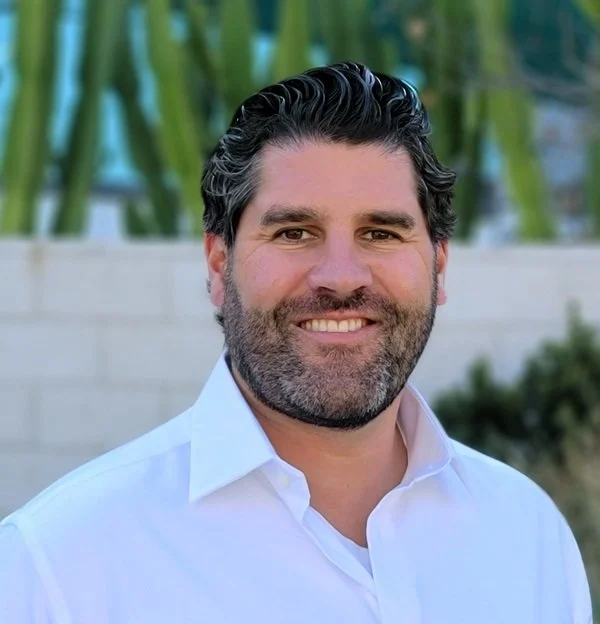
Spectrophotometers Leasing for Labs
Get accurate absorbance and transmission analysis—sourced to order, minimal capital outlay required.
What Is a Spectrophotometer?
A spectrophotometer measures how much light a sample absorbs at specific wavelengths, providing essential data for assessing concentration, purity, and reaction kinetics. These instruments are widely used in biology, chemistry, pharmaceuticals, and industrial QA for quantitative analysis.
Why Lease a Spectrophotometer?
From DNA quantification to water quality testing, spectrophotometry is a core lab function—but advanced systems with UV-Vis, NIR, or full-spectrum optics, as well as plate readers or automation features, can require a significant investment.
Leasing allows you to access the precision tools your workflows demand—without capital delays or budget constraints.
Where Leasing a Spectrophotometer Adds Value
Spectrophotometers are widely used in teaching labs, QA workflows, and molecular biology for accurate absorbance and concentration measurements. But acquiring new or multiple units can strain capital budgets—especially when scaling quickly.
Leasing can be a smart choice when:
- You’re modernizing QA or expanding assay throughput—Access reliable systems without capital delays.
- You need full support from sourcing to servicing—Streamline setup with delivery, installation, and maintenance included.
- You’ve recently made a purchase but need to free up cash—Use sale-leaseback options to recover budget while keeping equipment in use.
Whether outfitting classrooms or high-throughput labs, leasing a spectrophotometer gives you operational flexibility—without the financial strain.
Why Teams Lease with Excedr

Founder-friendly, non-dilutive capital
Ideal for early-stage or venture-backed teams—and a smart option for any lab looking to preserve equity while scaling.
Flexibility on equipment choice
No inventory limitations. You choose the system that fits your workflow—we handle the financing.
Lease terms aligned with your growth
2–5 year terms that support your budget, equipment lifecycle, and scaling timeline.
Quick approvals, flexible terms
Get approved in days—not weeks—with no collateral, IP pledges, or debt covenants required.
White-glove service & procurement
Equipment sourcing, vendor coordination, and lease logistics are streamlined to reduce your team’s internal workload.
Reliable support when it matters
Our vendor relationships help resolve issues quickly—so you stay productive and hit key milestones.
Leasing Solutions We Provide

Operating Leases
Treat lease payments as operating expenses, not debt. This simplifies accounting and preserves flexibility.

Sale Lease-Backs
Convert owned equipment into working capital. Keep it off your balance sheet and treat payments as operating expenses.
Popular Spectrophotometer Manufacturers














































































Straightforward Application Process

Tell Us What You Need
Already have a quote or PO? Just let us know the equipment you want to lease—we’ll take it from there.

Get Approved Quickly
Our in-house underwriting team reviews your financials fast—no outsourcing, no red tape—so you get a decision in days, not weeks.

We Handle the Rest
We handle the logistics and coordinate with the vendor so you can get to work—no upfront capital required.
Helping Scientists Scale & Succeed
Frequently Asked Questions
Lease Your Next Spectrophotometer & Simplify Quantitative Analysis
Don’t let budget constraints delay essential absorbance or concentration measurements. Our leasing program is designed to remove friction from equipment procurement so you can stay focused on producing accurate, reliable results.












